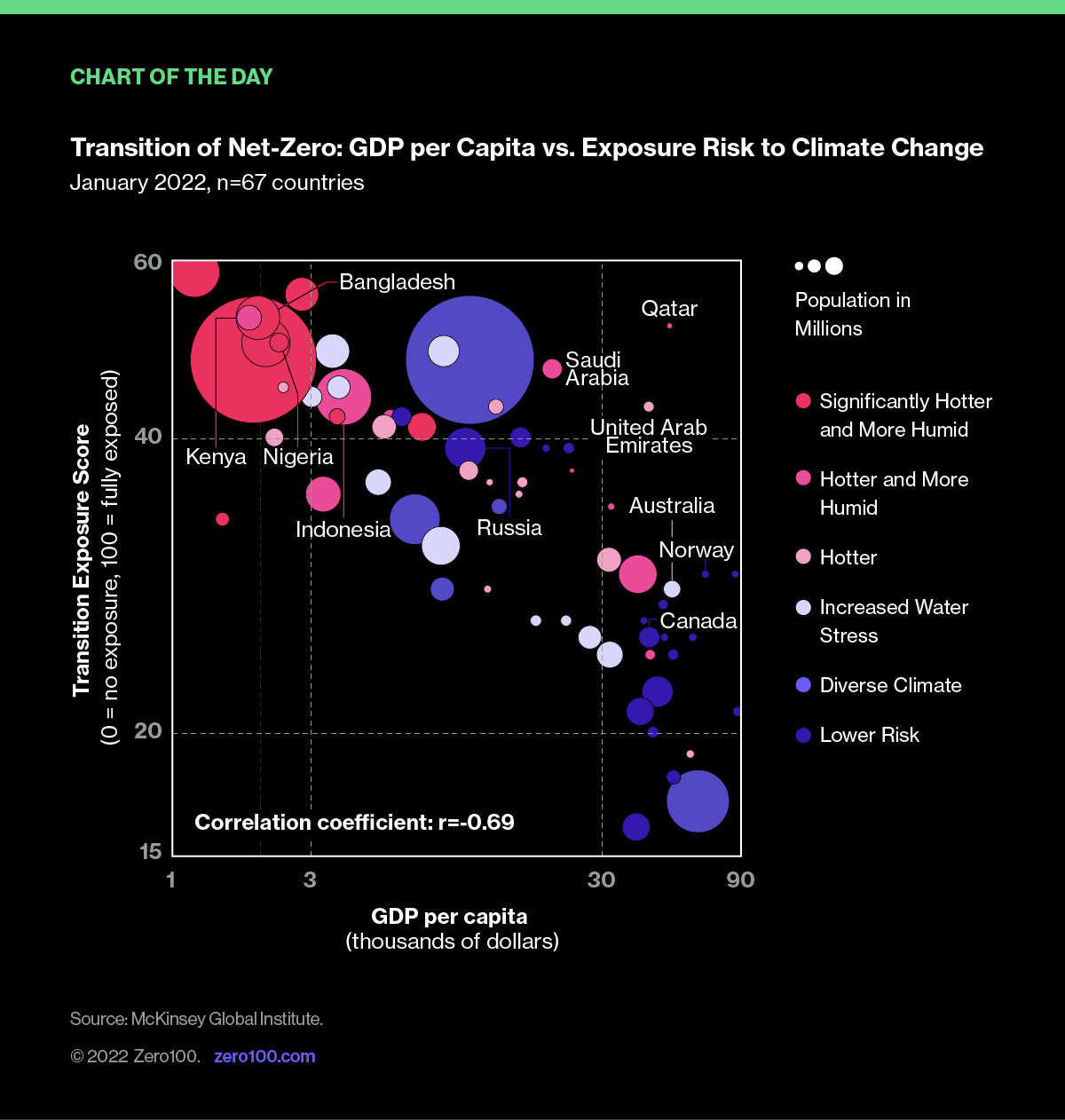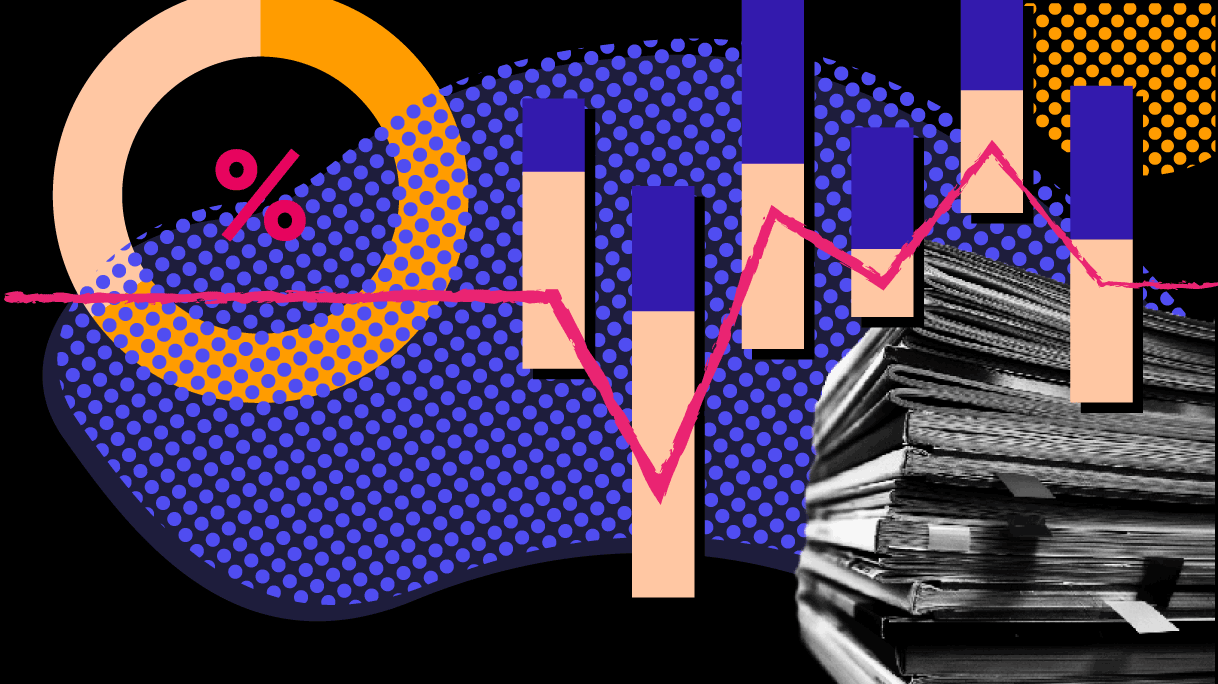PACE: The Circularity Gap Report (2022)
On January 18th, the Platform for Accelerating the Circular Economy (PACE) released the fifth annual Circularity Gap Report. Launched at the World Economic Forum in Davos back in 2018, the original report found that only 9.1% of the global economy could be characterized as “circular.” As opposed to a linear economy, a circular economy encompass modes of sharing, leasing, reusing, repairing, refurbishing, or recycling that extend the lifecycle and utility of any product or material.
The ambition of the organization is to double this alarming statistic by 2032 and highlight commitments of various stakeholders, including the European Commission and major EU capital cities such as Prague. Unfortunately, the headline news from this year's report suggests their critical benchmark is trending in the wrong direction (now down to 8.4%). Accordingly, the latest publication focused increasingly on the relative return on investment (ROI) against the Emissions Gap that circularity unlocks, coupled with solutions tailored to six societal needs (mobility, healthcare, nutrition, consumables, communications, housing).
If I can only read a single Section?
Prioritize Section 4 (Pages 36-43): A Circular Economy for Society, which skips straight over the what and the why to the “how.”
If I can only read a single Page?
Check out 21 Solutions (Page 32): Quick reference guide for industry-specific investment that achieve the most bang for their buck in terms of emissions and/or material use savings.
Dow Jones: Sustainability Data for ESG Investing
On January 19th, Dow Jones launched an offering for asset managers to better inform sustainable investment decisions, by applying an ESG scoring rubric to 6,000 publicly trading companies. The scoring matrix is aligned to an established standard set by the Sustainability Accounting Standard Board (SASB), based off five dimensions (environment, human capital, social capital, business model / innovation, leadership, and governance) and 26 subcategories.
As the investment rush towards ESG funds continues, this development represents a double-edged sword for supply chain professionals. On the one hand, transparency into ESG performance is improving as common criteria continue to proliferate. On the other hand, scrutiny on said progress—now reinforced by equity valuation—will come knocking at your door from new corners of the C-suite.
If I'm a large publicly traded company, how do I get my score?
You can inquire about qualifying Dow Jones product logins through this webform.
How do I get smarter on this type of methodology?
A succinct summary of the news monitoring and sentiment signals that are core to this particular methodology are available for review here.
MGI: The Net-Zero Transition
On January 25th, the McKinsey Global Institute (MGI) launched a behemoth 224-page report summarizing six “characteristics” (read: requirements) to achieving net-zero emissions by 2050. What's novel about this publication is that it's not another projection, prediction, or hypothetical. Instead, it's a comprehensive analysis of the economic transformations that are likely to occur under different scenarios, based heavily on the work of the NGFS (Network for Greening the Financial System).
In summary, any scenario requires: (1) universal participation; (2) massive capital spending; (3) front-loaded investment; (4) unequitable burden sharing; (5) increased energy prices; and (6) long-term vision towards the growth opportunities that offset widespread economic and social turmoil.
If I can only read a single Section?
Prioritize Section 5 (Pages 171-182): Managing the Transition, which introduces a decision-making “framework” (read: cheat sheet) for business decisions that internalize the wider report findings to your specific organization.
If I can only read a single Page?
Check out Exhibit E11 (Page 37, replicated below): the strong correlation between Transition Exposure and GDP per Capita is a powerful reminder on the criticality of characteristic #4 in our collective failure to launch.

Critical Reading
FORBES
Majestic Steel Goes Digital To Streamline Its Supply Chain
Commentary: Creating digital innovations to better support customers is the answer to supply chain woes for Majestic Steel, who focuses on developing tech solutions where they don't exist yet.
#supplychainmanagement #innovation #digital
THE NEW YORK TIMES
Commerce Dept. Survey Uncovers ‘Alarming' Chip Shortages
Commentary: Continued inflation and more US factory shutdowns are on the horizon as shortages of semiconductors, used to power cars, electronics, and electrical grids, persist.
#supplychain #semiconductors #demand
GREENBIZ
Adidas, Kering Team Up to Slash Textiles' Water and Carbon Footprint
Commentary: Major players in the fashion sector are banding together in their commitment to reducing the environmental impact of materials processing. The eight companies selected for the scheme have the potential to reduce emissions by up to 89%.
#supplychain #esg #fashion
